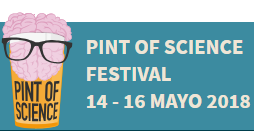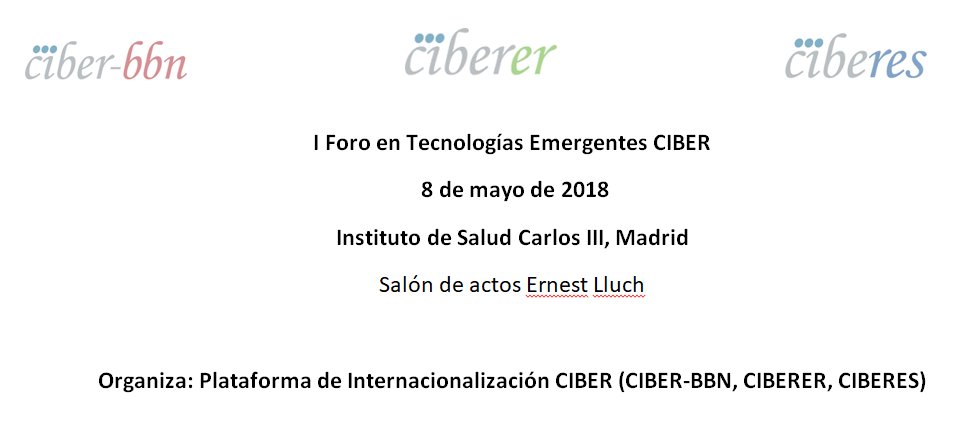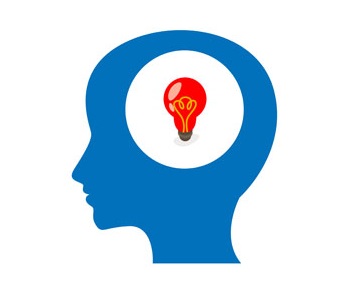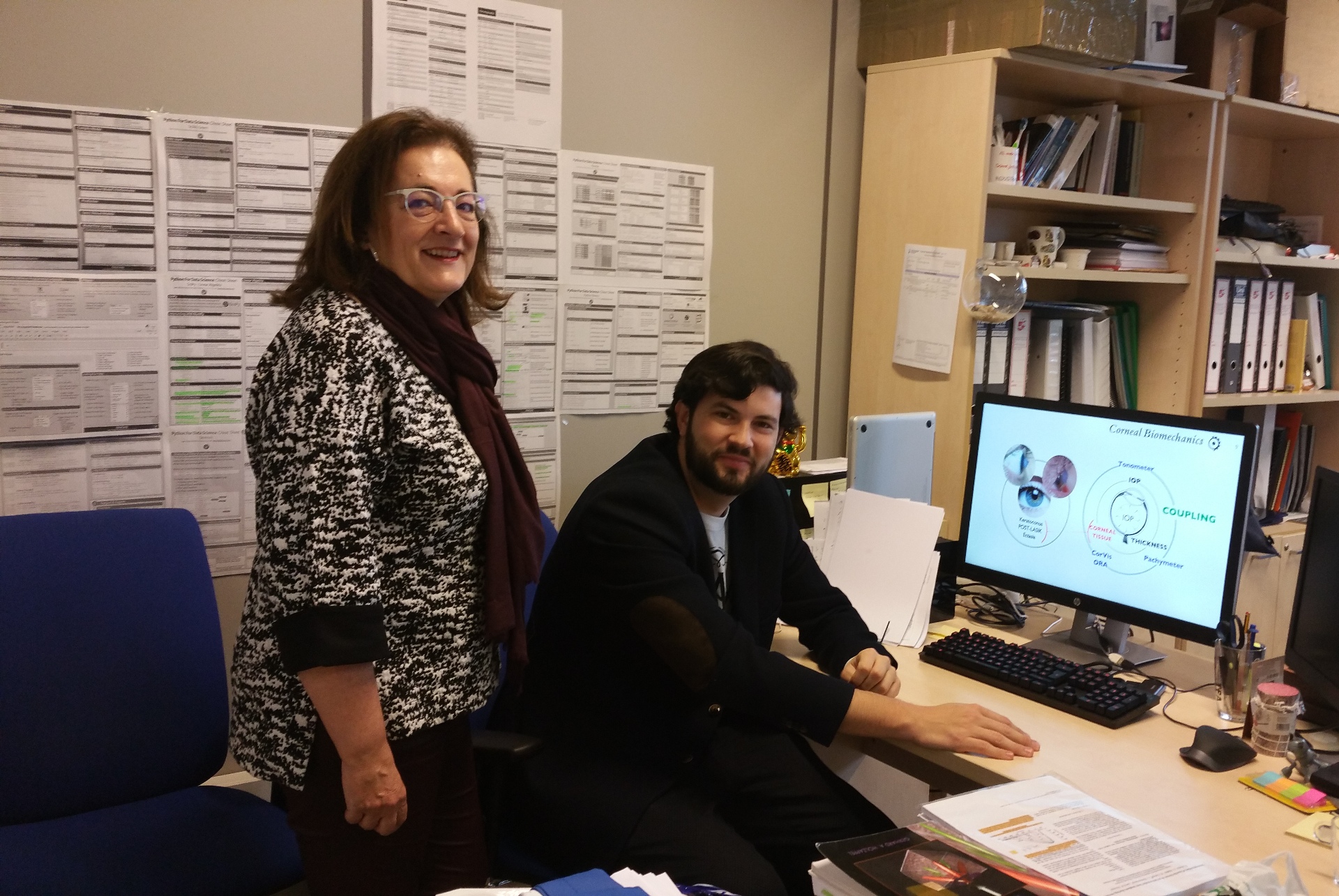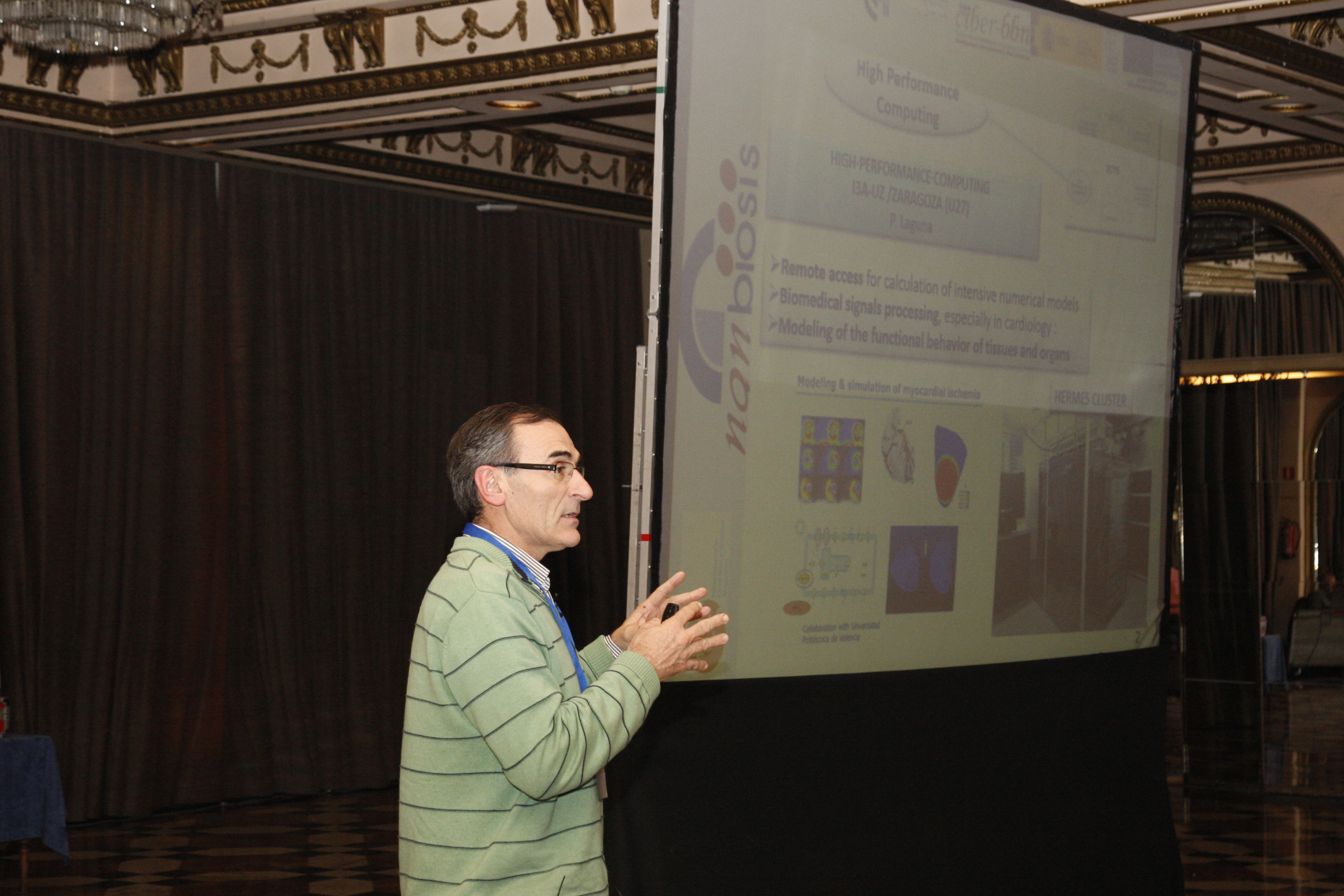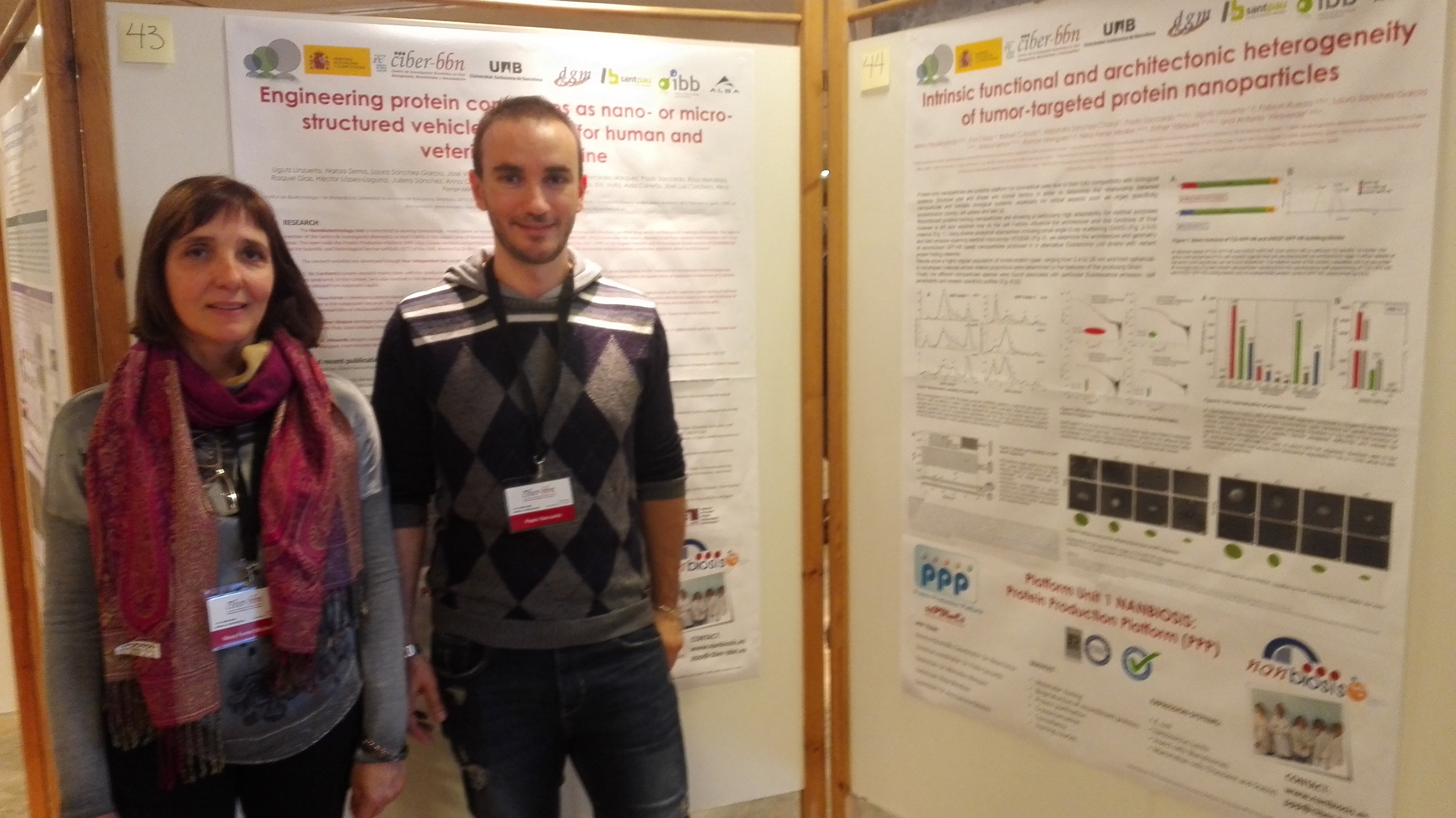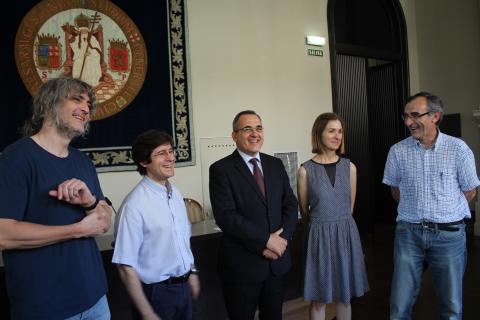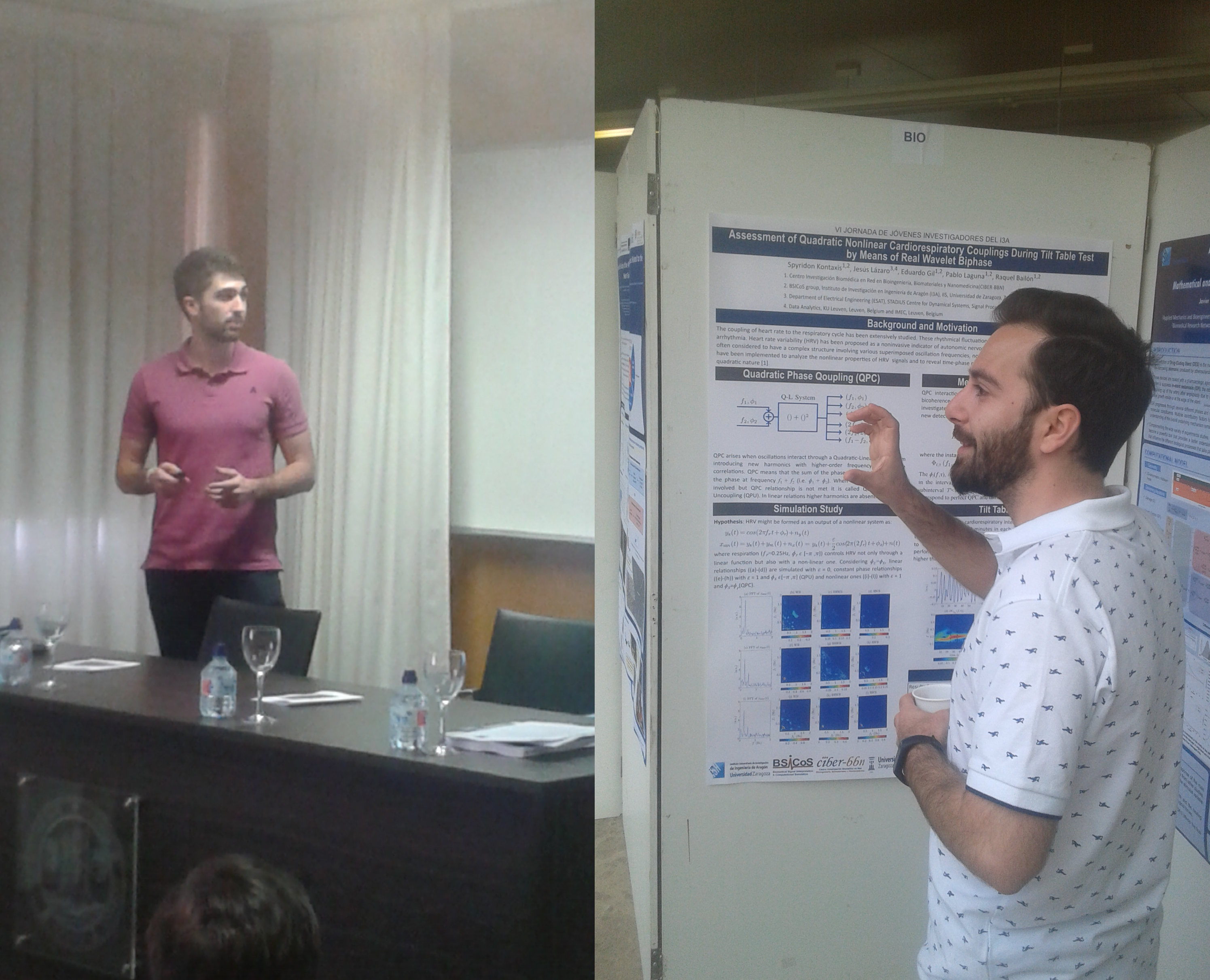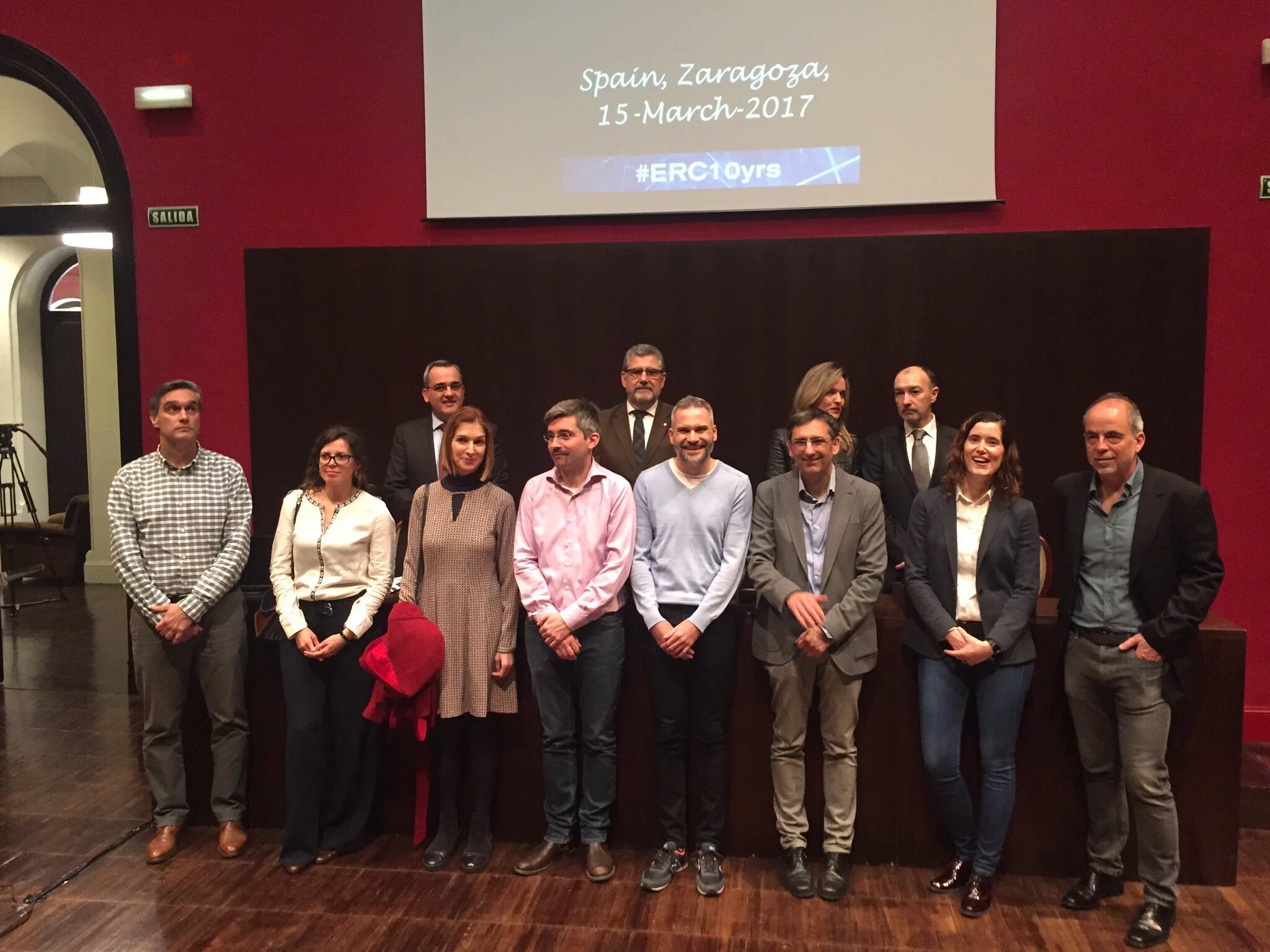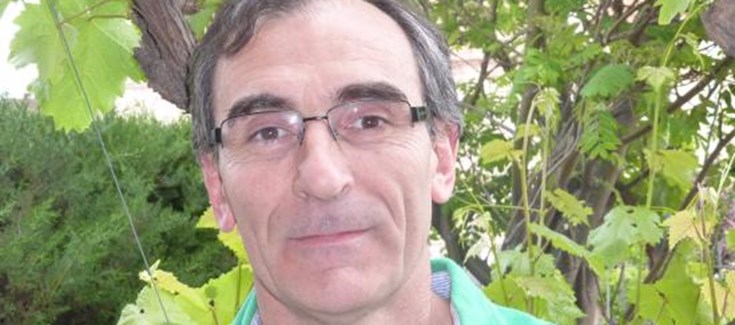Esther Pueyo will explain her research on the aging of the Heart in Pint of Science: The festival that brings science to pubs
The researcher of Unit 27 of NANBIOIS, High Performance Computing, will leave her laboratory and her office at the University to get on stage and take on the challenge of talking about her work to a public less used to scientific and technological language in the framework of a dissemination program of science to which Esther has joined as Pablo Laguna, Scientific Director of Unit 27 of NANBIOSIS, did last year.
Esther will perform at the Drinks and Pool Aranda bar in Zaragoza (calle Conde de Aranda, 138) to tell her work in technology applied to health. It will be on Wednesday, the 16th at 7:00 pm with the title: “Why your heart and mine do not age the same?”
Science has a lot to tell, and to do it in a way that is close to anyone who has an interest in research, Pint of Science has been created, a meeting point between researchers and people in an environment easy to have relaxed conversations.
The Pint of Science 2018 program includes 308 events (16% more than in 2017) taught by 730 scientists (almost 200 more than in the previous edition) in 105 pubs.
In an understandable and close language, women and men of science explain their work to an audience outside the scientific community, but with a growing interest in research and the latest developments in science. Proof of this is that, in 2017, 17,500 people approached the 532 talks and, many of the 750 attendees who responded to the assessment survey, said they would repeat and that the experience had been very positive.
The relaxed atmosphere of pubs, where conversation arises easily, is ideal for discussing science in relaxed terms. In this fourth edition, Pint of Science has the participation of more than a hundred bars, pubs and other entertainment venues.
